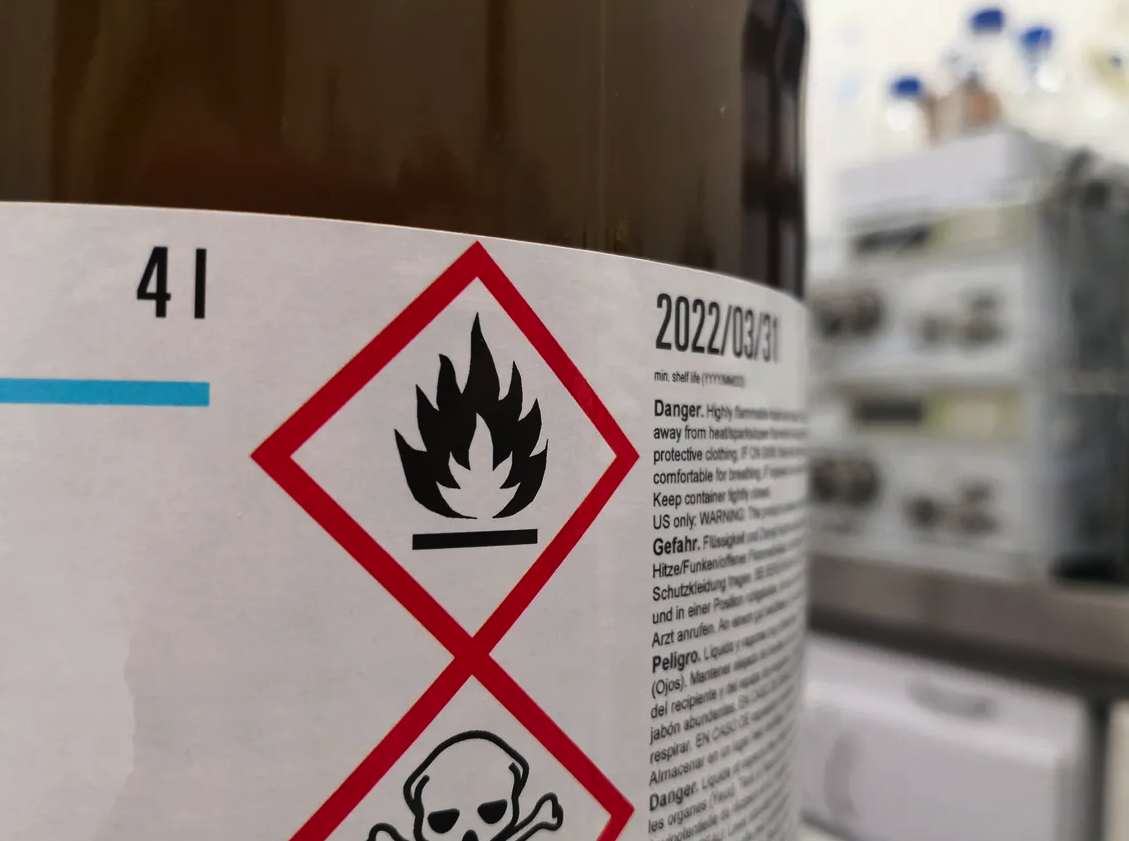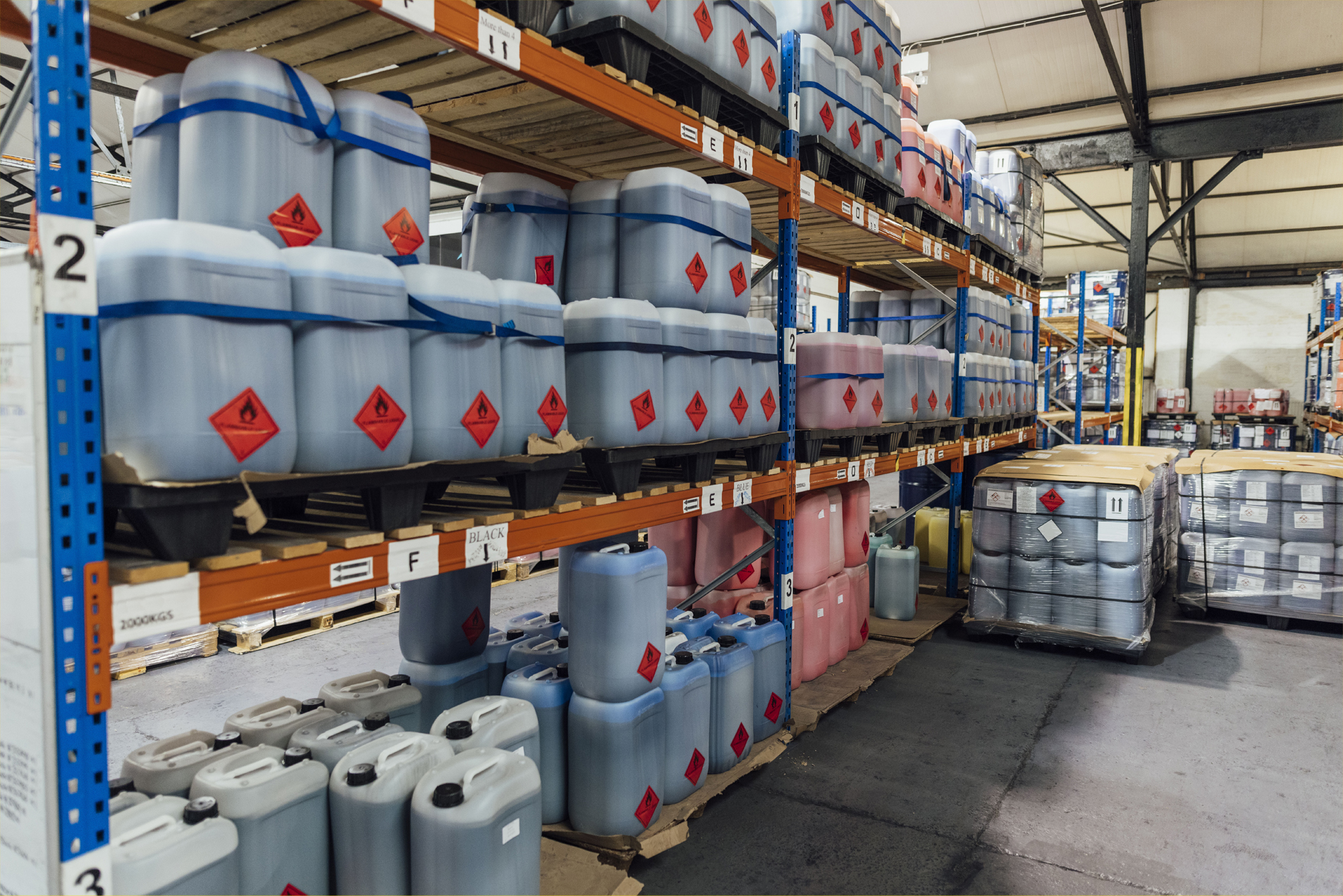The Occupational Safety and Health Administration (OSHA) has issued a final rule that updates the Hazard Communication Standard (HCS) to align primarily with the 7th revision of the United Nations’ Globally Harmonized System (GHS) for the classification and labelling of chemicals. The final rule was published on May 20, 2024, and takes effect on July 19, 2024, with changes impacting chemical manufacturers, importers, distributors and companies that use hazardous chemicals.
The updated standard allows for a transition period with four milestones for compliance. The rule has improved alignment with other federal agencies like the Department of Transportation (DOT) and Health Canada’s Workplace Hazardous Materials Information System (WHMIS).
Contact Us




